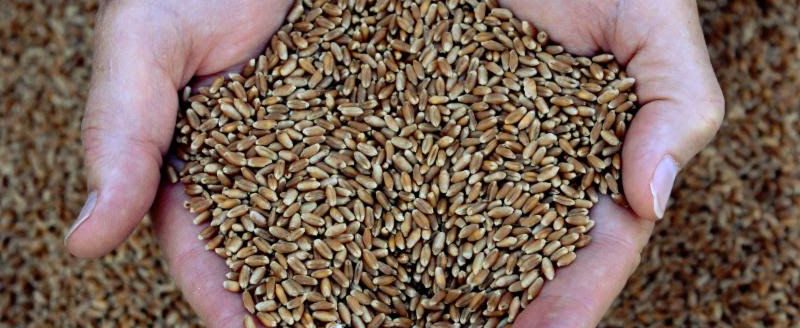The queen of forages deserves royal treatment.
One of the world’s oldest crops, alfalfa has the highest feeding value of all forages, said Anowar Islam, an associate professor and forage specialist at the University of Wyoming.
Improving alfalfa management, including for stand establishment, will improve sustainability and profitability, he said.
“The cost of failure is substantial,” Islam said, as perennial forage seedings are more expensive than other crops. The basis for several years of production is determined within two or three weeks after planting.
Establishment success involves understanding alfalfa’s needs. Thin and poorly established stands encourage weeds to invade, reduce forage yields and can shorten the life of the stand.
Good planning
“Half of the job is planning,” Islam said, adding that includes site selection, proper fertilization, seed variety, weed management and planting method.
Islam also said producers should match forage varieties to the characteristics of their soil. Consider soil type, soil pH, fertility, drainage and soil water holding capacity when making decisions.
Seed
“I can tell you, planting high quality seed will pay off later,” he said, suggesting producers consider seed treatment and certified seed. Also, as a rule, the seeding rate should be about 20 to 50 seeds per square feet. If half of the viable seeds produce seedlings, a good stand is expected, he said.
Seedbed preparation
Islam said seedbed problems include soil crusting, wind and water erosion and desiccation and scorching.
The seedbed should be firm and level—not cloddy or excessively rocky. Make sure the seedbed is free from live plant competition the seed of competing species.
Islam encouraged soil testing. If a soil test is low, he recommended adding up to 20 pounds of nitrogen an acre, which will supply the nitrogen needs until legumes starting fixing nitrogen in the soil.
Planting depth
Growers tend to plant too deep, as a rule. It is a common reason for forage seedbed failures. The ideal depth is 1/4 to 1/2 inches deep. Plant the seed up to 3/4 of an inch deep on sandy soils.
Seed-to-soil contact
Seed-to-soil contact is important to initiate good, uniform germination.
Forage seed requires ample water, said Islam. This water must move from soil to the seed, making it crucial the seed is in close contact with the soil as much as possible. A seedbed without clods insures good germination.
To determine whether the soil is firm enough to plant, use these measurements, he said. An adult footprint should not be deeper than 1/4 of an inch. Also, 10 percent of the planted seed should be on the surface of the soil after planting.
“When you are planting, if you don’t see any seeds on the top of the soil, that means you planted too deep,” he said.
Planting date
Plant when the odds of a good establishment are the best based on rainfall and temperature.
“You can plant in May or anytime you have moisture,” Islam said of one of the most common months for western U.S. producers.
Another alternative is August when weeds are less troublesome, but only if water is available.
For proper germination, 40 degree temperatures or higher are needed, but too high of temperatures are detrimental because the soil surface won’t stay moist.
Amy Bickel can be reached at 620-860-9433 or [email protected].




